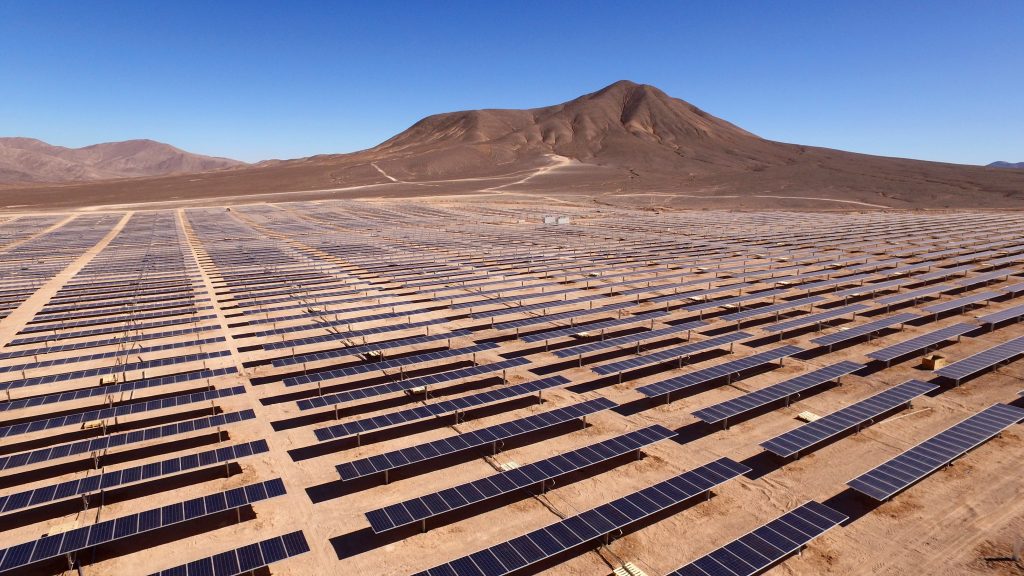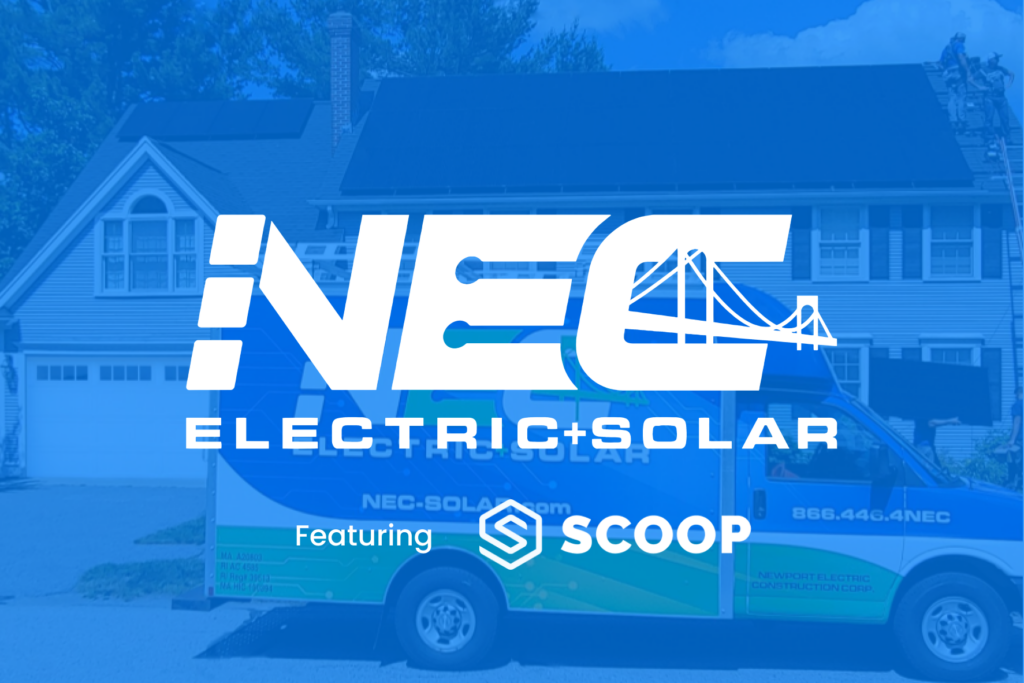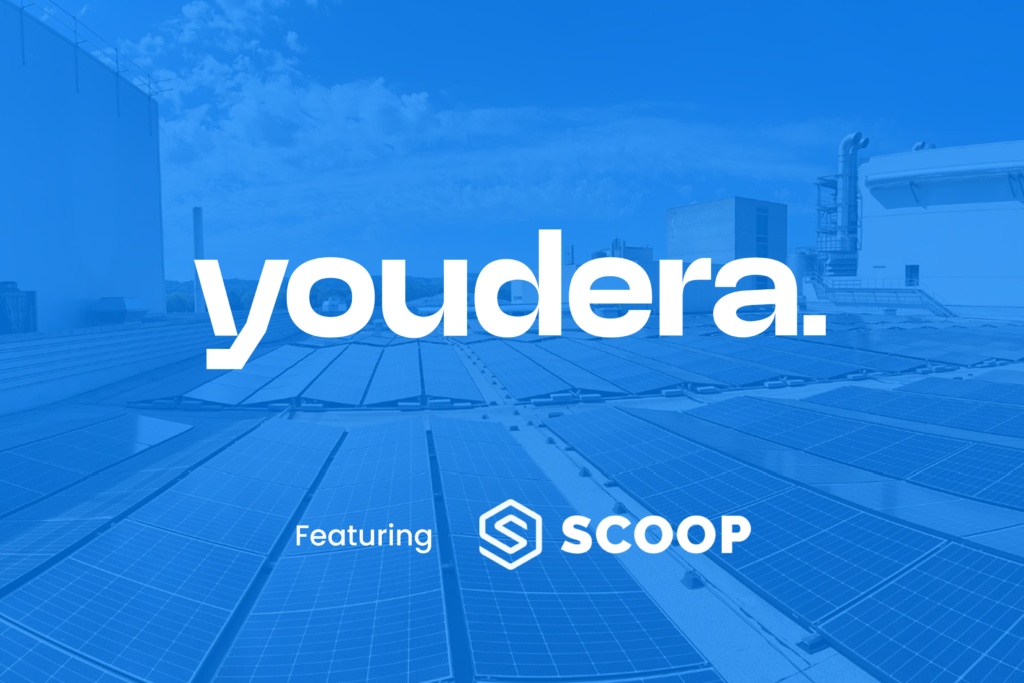The solar industry, along with the rest of the US workforce, is undergoing rapid changes as Generation X reaches retirement age and an increasing number of millennials enter the solar workforce. That’s left solar managers across the industry looking at how their companies should capture and retain knowledge, and how to recruit from an emerging talent pool.
The coming wave of retirements could change the composition of the solar industry; today we’re offering insight on the trend and tips to help solar managers remain at the forefront of knowledge transfer, and recruiting the new generation of solar professionals.
The Electric Age Gap
Hiring managers across the energy sector have recently found themselves in the difficult position of not having enough skilled workers to fill the growing number of positions. That’s particularly true for the solar industry, which grew from 93,000 workers in 2010 to over 250,000 workers last year and is projected to grow by an additional seven percent this year, according to The Solar Foundation.
Surveys highlight that recruitment is one of the top three concerns among energy sector managers–there simply aren’t enough skilled workers, particularly in middle-management positions, to fill the available jobs. A major contributing factor was the slowdown in hiring during the 1990s and early 2000s. With fewer workers then entering the solar and electrical fields, 20 years later the industry now finds itself with relatively few experienced electrical employees at the jobsite and in management.
“Delivering quality work is critical to our reputation, and that’s clearly driven by the experience of our crew.” – Seth Tilley, GM, San Diego County Solar
But that experience is critical to delivering quality workmanship. Seth Tilley, General Manager at San Diego County Solar says that maintaining an experienced team is a priority for them. “We’re a relatively small residential solar contractor, and over 90% of our business is referral business. Delivering quality work is critical to our reputation, and that’s clearly driven by the experience of our crew.”
“Our average age is probably higher than most contractors,” he continues. “But our employees have installed a ton of solar over many years, so they’re prepared for whatever site conditions and project complexities we encounter. Our guys are craftsman—they take pride in their work.”
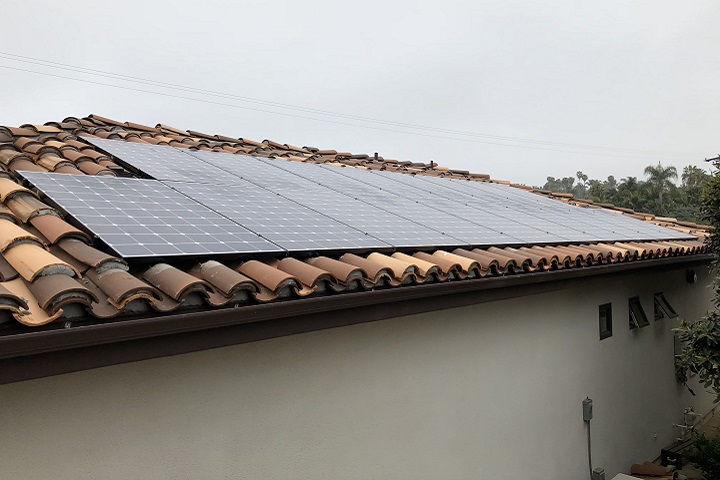
Retaining this know-how is a consideration for the industry at large, as many of the experienced employees who entered the workforce in the 1980s and earlier are reaching retirement age. In 2017, the Department of Energy forecast that 25% of all electrical workers will retire by 2022.
As a result, the average age of the solar workforce is dropping fast. In 2015, more than 18 percent of the solar workforce was over the age of 55. Last year, that number had almost halved to just over 10 percent as a result of retirements and hiring recent graduates and veterans.
What does this wave of retirements and the falling average age of the workforce mean for solar managers? There are two big challenges in front of us: transferring knowledge and hiring & retaining employees.
1. Transferring Knowledge
Managers need to take steps to ensure that an enormous amount of knowledge is not lost from the solar workforce in the next few years. Today’s solar experts with 30-plus years of experience have a wealth of unwritten knowledge about procedures, best practices, and what’s worked and not worked in the past. Without a formal mechanism for transferring this knowledge to the next generation of solar workers, this valuable information could be lost from within individual solar companies, and across the industry.
What are some of the tools and best-practices that managers can take to preserve this knowledge and share it within the company?
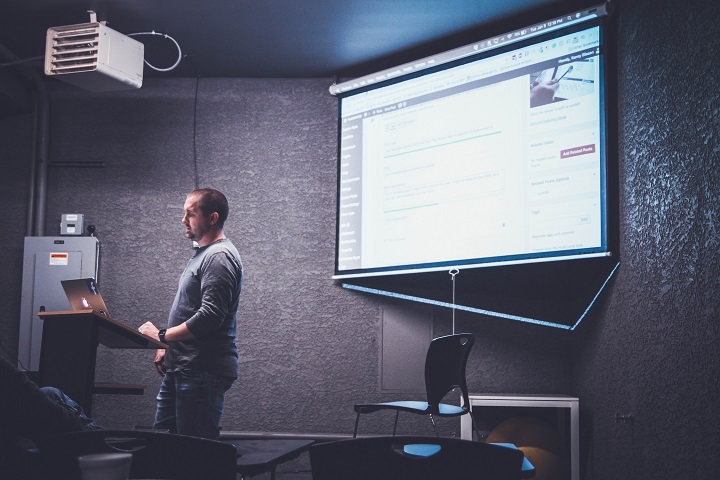
Many companies outside the solar industry are using wiki-style pages, brown bag lunches, and videos to capture the expertise of retiring workers, and these mechanisms could easily be implemented for solar teams. Pairing younger managers with experienced employees or establishing phased retirement plans can also help reduce the severity of the knowledge drain.
“We have systems in place to insure consistent and high quality workmanship, and those systems also evolve with the input from our crew.”- Seth Tilley
San Diego County Solar uses team learning to ensure they maintain their ‘neat as a pen‘ level of quality.
“Best practices evolve over time.” says Seth. “Tools and equipment evolve too. We bring in equipment manufacturers for continuing education, consult with roofers and other trades, and even watch webinars. And our guys have all worked for other contractors previously, so the knowledge they’ve gained benefits the whole team. We have systems in place to insure consistent and high quality workmanship, and those systems also evolve with the input from our crew.”
Formalizing your processes and workflows using digital workforce management platforms is also a well-proven technique. Building apps around your most experienced workers’ best practices ensures that their knowledge is immediately available as a guide to younger workers to work from and iterate on going forward. By using digital tools instead of paper checklists, you know the entire team is always working using the latest standard procedure.
2. Recruiting and Retaining Skilled Workers
Solar managers also need to adapt their recruiting and training practices to meet the needs of a new generation of solar workers. Since demand for skilled workers far exceeds supply especially for those with previous experience in the solar industry, companies are likely to face an increasingly difficult time attracting and retaining these workers.
Looking for potential hires from adjacent labor pools can help. Entry-level installers, with some short-term training, can be recruited from the construction sector. Roofers and plumbers (think solar thermal) also bring foundational skills that, with appropriate training, can get them working on a solar crew quickly.
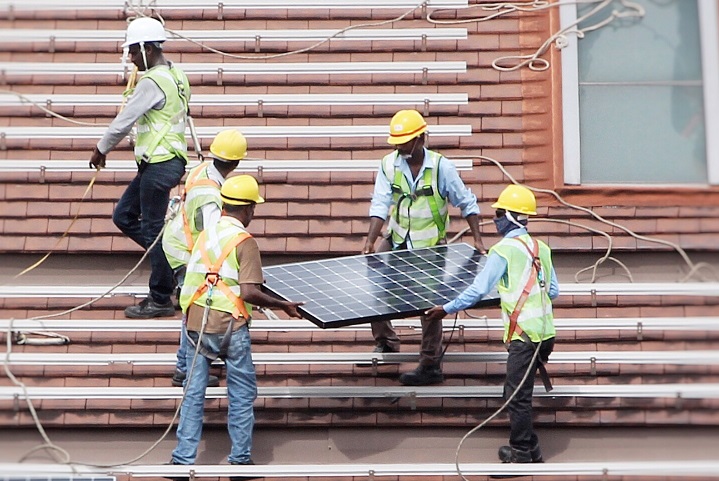
Several solar companies focus on recruiting veterans, who have a wide variety of skills applicable to solar installation. Veterans make up 7.8 percent of the solar workforce, compared to 6.6 percent of the overall US workforce. The large pool of veterans has likely been underutilized, leaving opportunities for solar recruiters to further draw new skilled employees from this large population.
Retaining these younger workers will require a combination of tactics, the most important of which is strong mentoring from solar team leaders. Millennials are attracted to roles where there is the potential for upward career mobility, so it’s important that companies offer opportunities for career development and pathways for promotion. (We’ve written in the past about tools to help your solar workers to grow their careers.)
On top of that, solar managers will increasingly need to embrace to the communication and productivity tools that younger workers are used to. Younger employees are accustomed to the digital workplace experience and particularly with mobile-based apps such as Scoop. Adapting your team’s workflow to take advantage of this tools like mobile site survey checklists can go a long way towards making millennial employees feel productive and at home in your company.
The shift from experienced solar professionals to a new generation of employees doesn’t have to be a shock to the solar industry, or to you. You can prepare for this change today by working on knowledge capture and sharing, and adopting work practices that appeal to younger workers looking to build a career in a healthy and growing sector of the economy.
